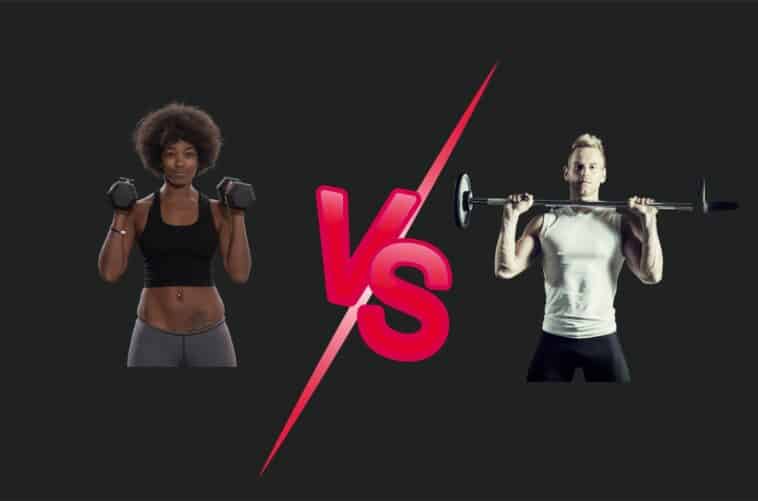What Is The Hammer Curl?
The hammer curl is a type of curl exercise that targets the biceps and forearm muscles. Unlike traditional curls, which use a supinated grip, the hammer curl utilizes a neutral grip where the palms face each other and almost mimic holding a mug.
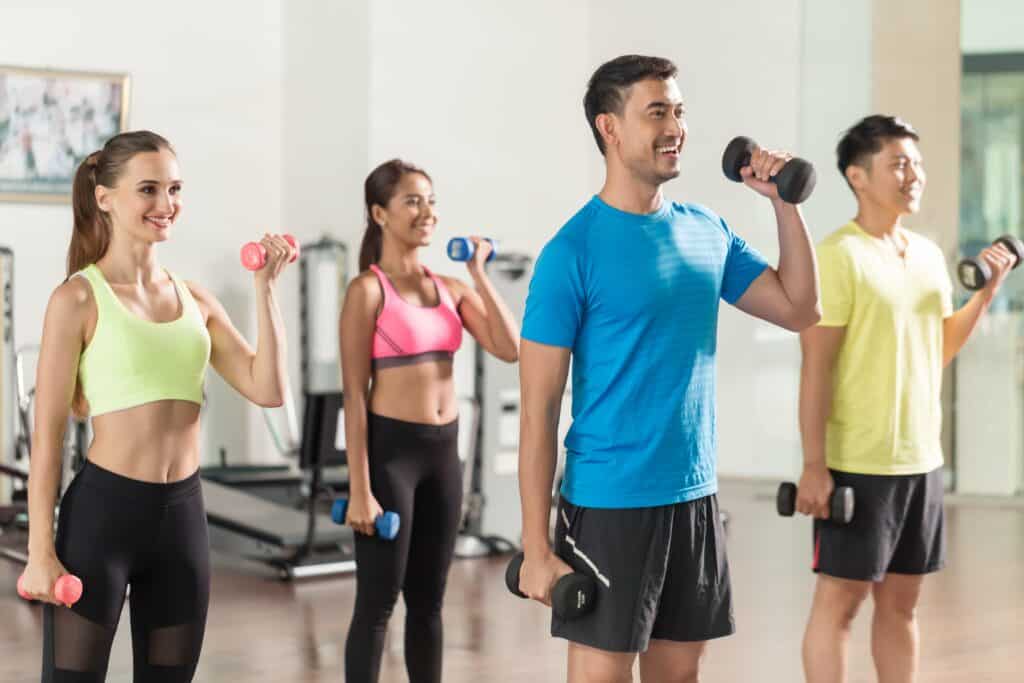
This grip recruits the brachioradialis muscle, located in the forearm, and allows for greater activation of the biceps brachii and brachialis muscles in the upper arm.
The hammer curl can typically only be performed with dumbbells with the weight held in each hand at the sides of the body. This exercise is effective in building muscle mass and strength in the biceps and forearm muscles.
In addition to the aesthetic benefits of developing a well-defined biceps muscle group, the hammer curl also improves grip strength and overall forearm muscle endurance.
Incorporating hammer curls into a training routine can provide a well-rounded and balanced upper body development.
What Is The Reverse Curl?
The reverse curl is a variation of the traditional curl exercise that primarily targets the forearm muscles and the biceps brachii.
While the regular curl is performed with palms facing upwards, the reverse curl involves gripping a dumbbell or curl bar with palms facing downwards.
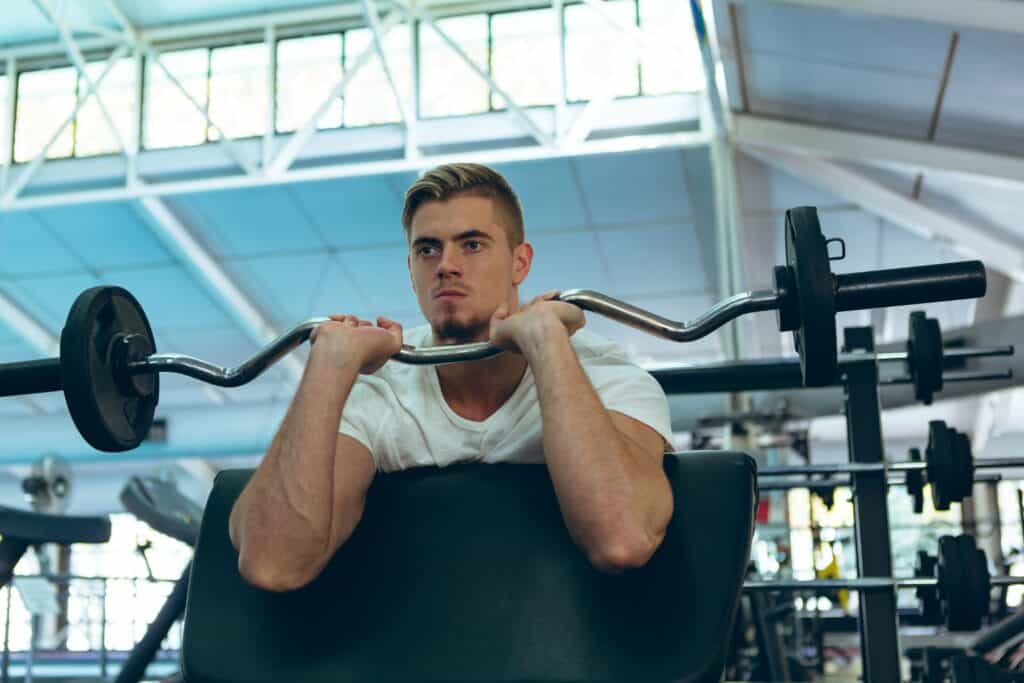
By holding the weight with an overhand grip, the biceps brachii muscles are engaged in a slightly different way, giving them a new challenge.
The reverse curl specifically aims to work the brachialis, brachioradialis, and pronator teres muscles in the forearm. This exercise is beneficial for individuals seeking to develop strength and size in their biceps.
To perform reverse curls, one should stand with a shoulder-width stance and extend their arms fully with the weight in hand. Then, slowly bring the weight up towards the shoulder, keeping the elbows stationary.
By incorporating reverse curls into their routine, individuals can add variety to their biceps workouts and target specific muscles in a unique way.
Which Muscles Do Hammer Curls Work?
Hammer curls work multiple muscles in the upper body, including the biceps and forearm muscles. Unlike traditional curls, hammer curls work the biceps in an alternate way by using a neutral grip.
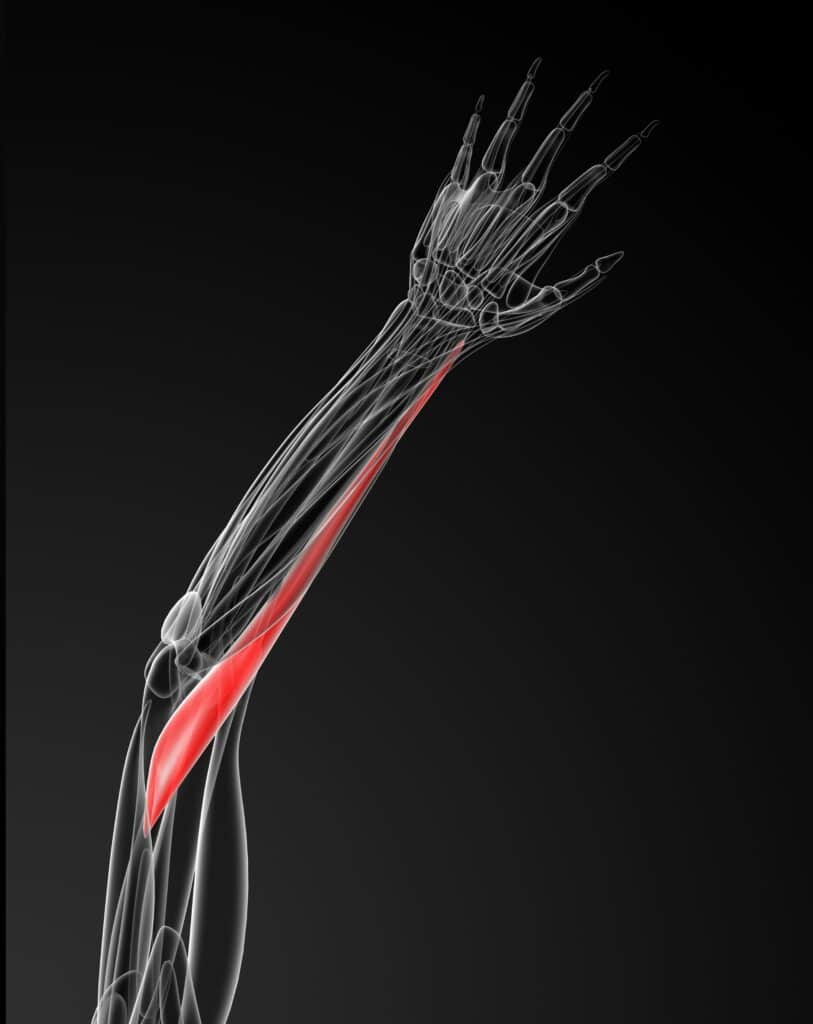
The neutral grip places less stress on the wrist and elbows, making it a great alternative for those with wrist or elbow issues. When performing hammer curls, the brachioradialis of the forearm muscles is also engaged to stabilize and control the movement.
The biceps brachii, which is the main muscle targeted during bicep curls, is activated during hammer curls as well, but to a lesser extent.
The brachialis muscle, located underneath the biceps brachii, is more actively engaged during hammer curls and is responsible for adding thickness to the upper arm.
Therefore, hammer curls are an effective exercise to not only target the biceps but also to strengthen and develop the forearm muscles.
What Muscles Do Reverse Curls Work?
Reverse curls primarily work the forearm muscles, specifically the extensor muscles.
Unlike regular curls where the palms face upward, reverse curls involve gripping the barbell or dumbells with palms facing downward. This change in hand position puts more emphasis on the muscles in the back of the forearm.
Reverse curls also engage the biceps to some extent but to a lesser degree compared to regular curls.
The brachialis muscle, which lies underneath the biceps and is heavily worked during the hammer curl, is also activated during reverse curls.
The reverse curl is a type of curl variation that targets these specific muscles and can be an effective exercise to build forearm and bicep strength.
In addition to targeting the forearm muscles, reverse curls also engage the wrists and grip strength, making it a versatile exercise for overall upper body strength and stability.
Which Exercise Is Better For Bicep And Biceps Gains? Reverse Curls vs Hammer Curls
When it comes to gaining muscle mass in the biceps, there are several exercises that specifically target this muscle group. Two of the most popular exercises for bicep gains are the reverse bicep curl and the hammer curl.
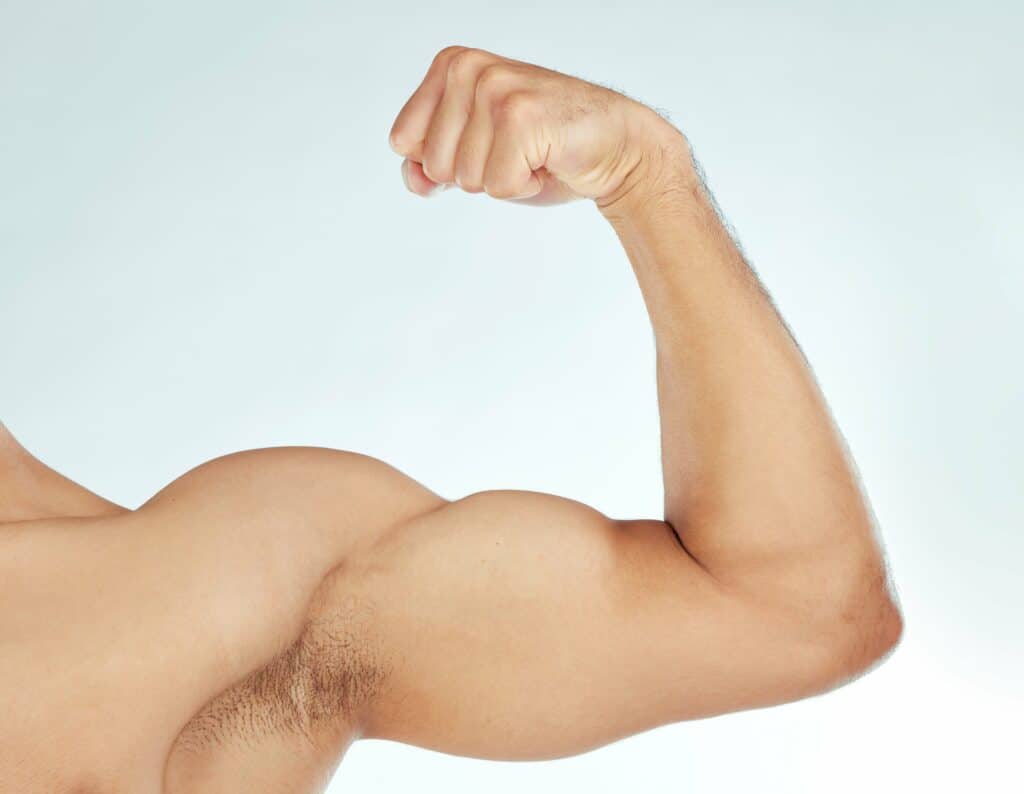
The bicep curl is performed with a pronated grip, where the palms are facing downward. This exercise primarily targets the biceps brachii, the muscle responsible for flexing the elbow joint.
On the other hand, the hammer curl is another variation of the bicep curl where the hands are positioned in a neutral grip, with the palms facing each other.
This exercise not only targets the biceps but also engages the forearm muscles more effectively. While both exercises are effective for biceps gains, the hammer curl targets the brachialis a little bit better than the reverse curl already does.
Additionally, the hammer curl places less stress on the wrists, making it a suitable option for individuals with wrist injuries or discomfort.
Therefore, considering the further engagement of the brachialis and the neutral grip positioning, the hammer curl can be considered better than the reverse bicep curl for overall biceps gains.
Which Exercise Is Better For Forearm Mass? Hammer Curls vs Reverse Curls
When it comes to building forearm muscle mass, two exercises that are commonly recommended are the hammer curl and the reverse curl. Both exercises target the forearm muscles but in slightly different ways.
The hammer curl primarily targets the flexor muscles of the forearm, whereas the reverse curl targets the extensor muscles. Each exercise has its benefits.
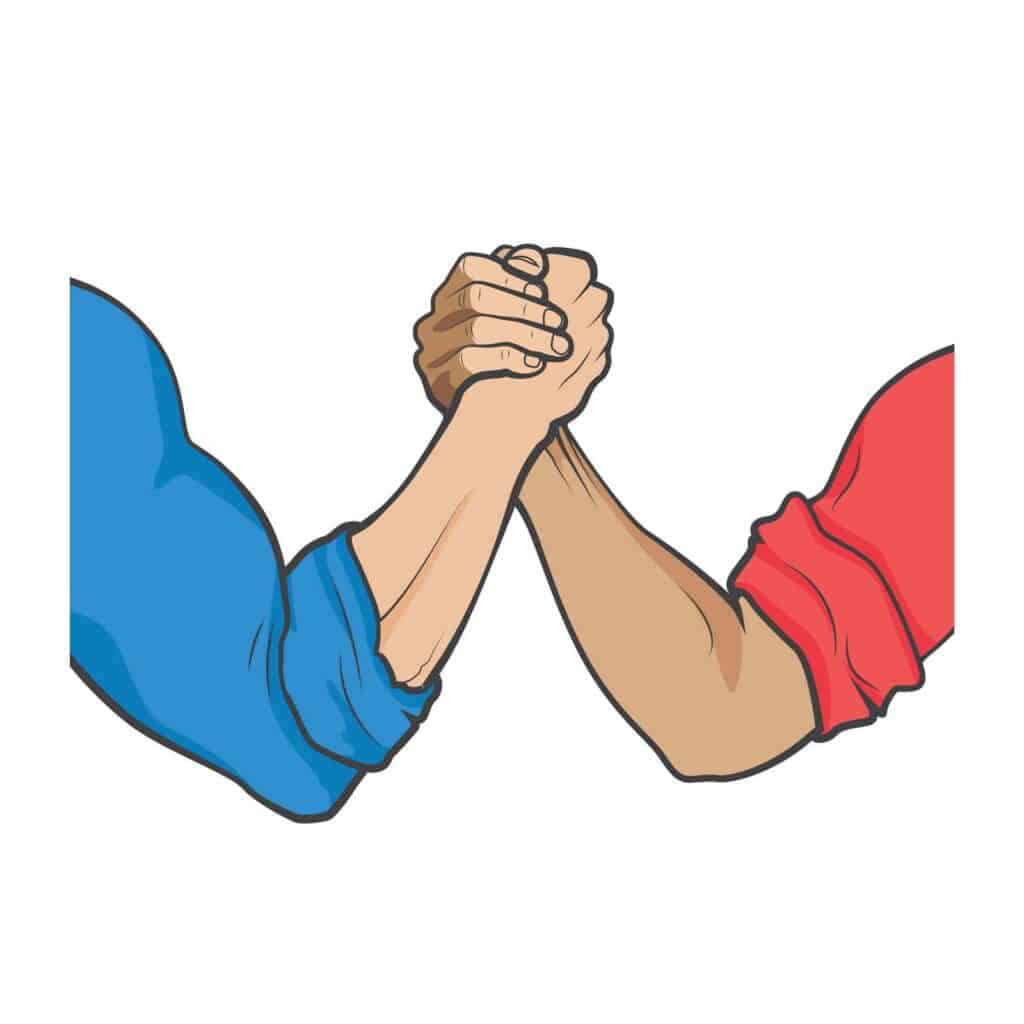
The hammer curl helps to develop the muscles on the inside of the forearm, giving it a fuller and more defined appearance. On the other hand, the reverse curl targets the muscles on the backside of the forearm, creating a more balanced and symmetrical overall forearm development.
Therefore, it is difficult to determine which exercise is better for forearm mass as both have their unique advantages. To achieve optimal results, incorporating both exercises into a comprehensive forearm workout routine is recommended.
Which Exercise Is Better for Strength Development?
When it comes to strength development, there are several exercises targeting the muscles of the forearm and biceps. The curl, reverse curl, and hammer curl are all popular choices.
However, determining which exercise is better for strength development depends on the individual’s goals and preferences. The traditional curl predominantly targets the biceps, while the reverse curl focuses more on the forearms.
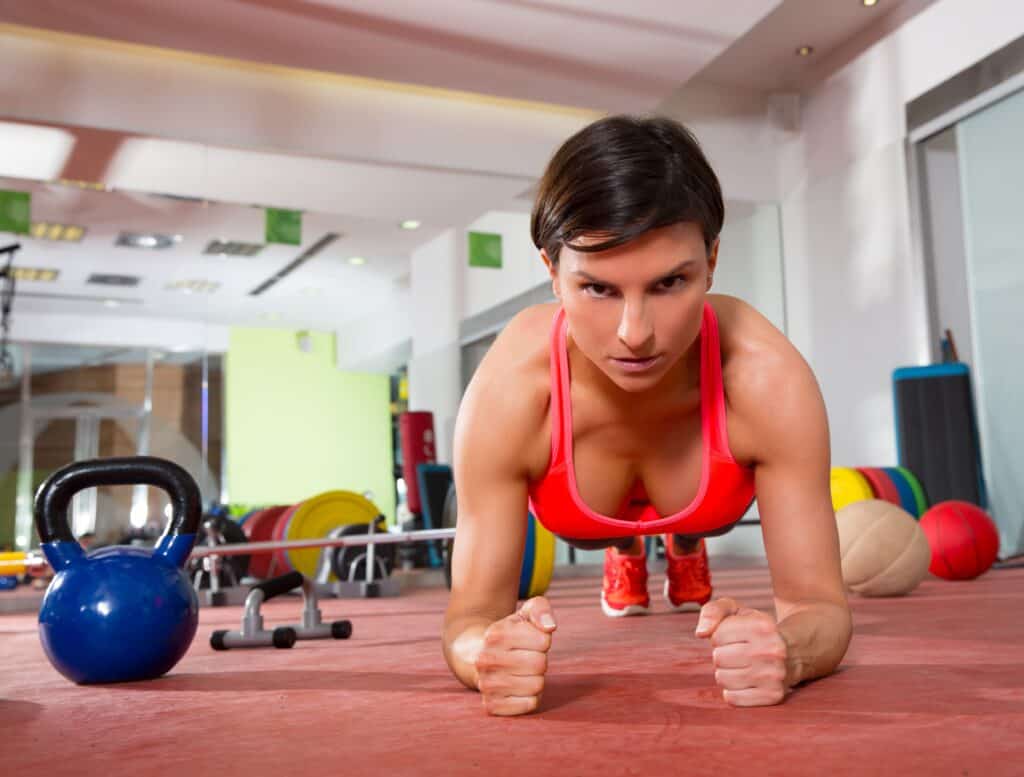
On the other hand, the hammer curl effectively hits both the forearm and biceps muscles simultaneously, making it a compound exercise. This means that you should be able to move more weight and it can potentially provide more overall strength gains compared to the other two exercises.
Ultimately, choosing the best exercise for strength development depends on the specific muscle group the individual wants to target and the desired results.
If overall strength is the goal then the hammer curl is the way to go but, incorporating a combination of these exercises into a workout routine can offer a well-rounded approach to building strength and muscle.
What Is A Hammer Curl Best For?
A hammer curl is a variation of the traditional bicep curl exercise. While regular bicep curls primarily target the bicep muscles, the hammer curl also engages the forearm muscles.
This exercise is best performed using dumbbells. By incorporating hammer curls into your workout routine, you can build bigger and stronger arms overall as this is what the hammer curl is best for.
This exercise also helps to improve grip strength, as the forearm muscles are heavily involved in stabilizing the weight.
Additionally, hammer curls can offer variety and challenge to your routine, when compared to the traditional bicep curl. So, if you are looking to target both your biceps and forearms while aiming for bigger stronger overall arms, the hammer curl is a great exercise to incorporate.
What Is A Reverse Curl Best For?
A reverse curl is a variation of the bicep curl exercise that primarily targets the brachioradialis and extensor muscle group in the forearm, as well as the biceps and brachialis in the upper arm.
This exercise is typically performed using a barbell, although dumbbells can also be used. The reverse curl involves gripping the barbell with a reverse grip, meaning the palms face down instead of upward as in a traditional bicep curl.
By using this reverse grip, the brachioradialis muscle is emphasized, leading to increased strength and size in this area. This exercise is often included in bicep curl variations to add variety to a workout routine.
It can be particularly beneficial for individuals who struggle to fully engage their biceps using the regular curl or hammer curl. Additionally, incorporating reverse curls can be most effective when looking to improve grip strength and forearm stability, making it a valuable exercise for athletes and weightlifters.

